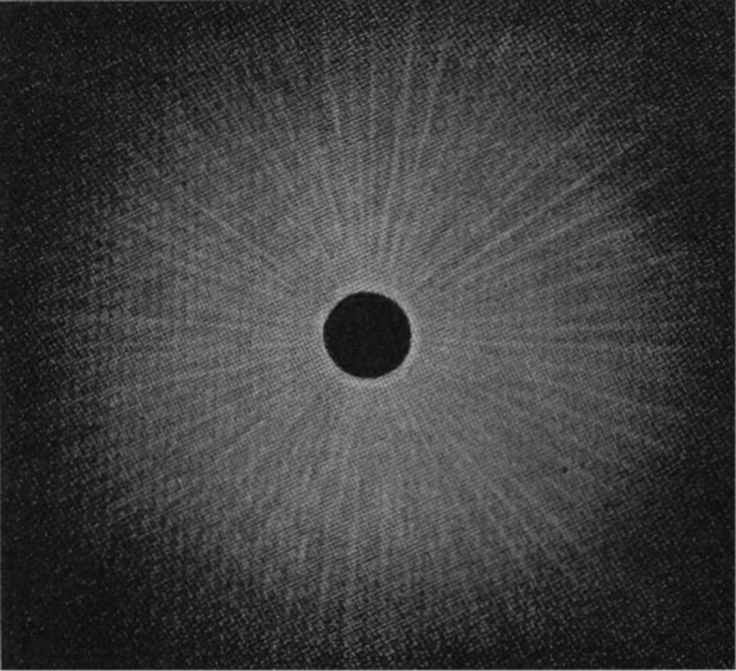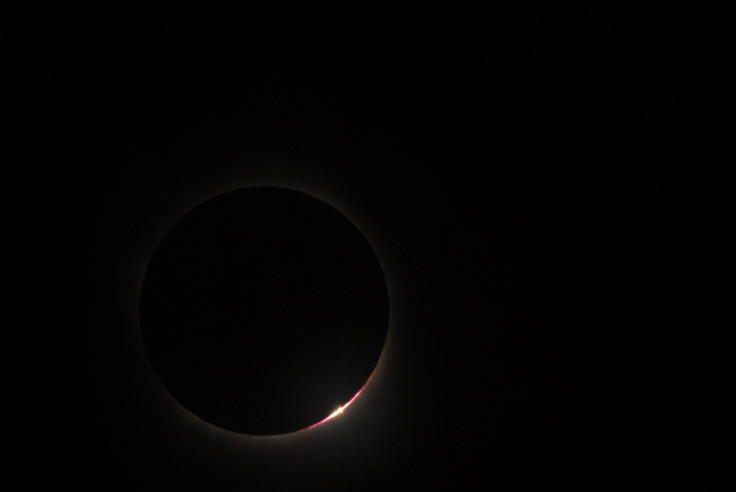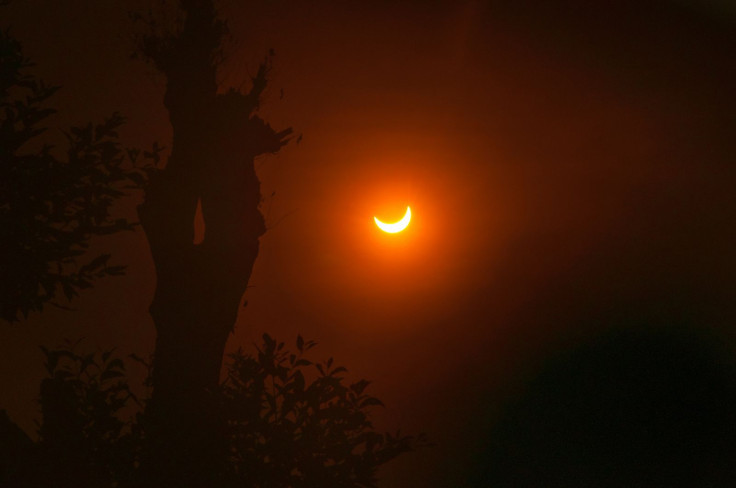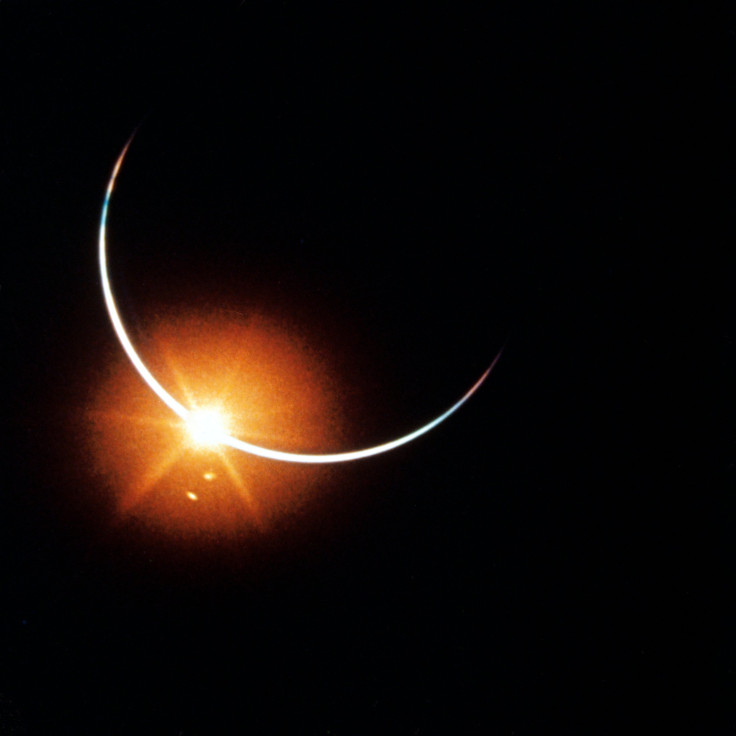What Does A Solar Eclipse Look Like? 6 Images Of Occultation

Solar eclipses don’t happen every day and even when they do occur, only certain areas get the desirable view of the moon passing perfectly in front of the sun and turning daytime into night. If you are not within that path of totality, you may only see the sun partially obscured, or nothing at all.
These images show what a partial and total solar eclipse looks like for those who are going to miss out or those who want to be mentally prepared for what they are about to witness.
Buy you a diamond ring

The Japan Aerospace Exploration Agency’s Hinode satellite took this image of the moon passing in front of the sun during a total solar eclipse on July 22, 2009. On Earth, this view was available in India, Nepal, Bangladesh, Bhutan, Myanmar, China and Japan, according to NASA.
Just passing through

Total solar eclipses take a lot of the spotlight, but partial solar eclipses are intense as well. This one took place in March 2016, as seen here from the city South Tangerang, in Indonesia. South Tangerang is on the island of Java, and the path of totality for this eclipse passed through neighboring islands to the north and northeast: Sumatra, Borneo and Sulawesi, as well as some of the Maluku archipelago.
Read: Why Don’t Solar Eclipses Happen All the Time?
A little sketchy
Before photographs, the only way to document a solar eclipse without using words was by hand. This sketch shows the view of a total solar eclipse on June 16, 1806. During that eclipse, the path of totality went diagonally through the United States from the southwest to the northeast and then passed through part of North Africa.
The artist was Spanish astronomer José Joaquin de Ferrer, who was in eastern New York. He shows the solar atmosphere, known as the corona, as the moon obscures the sun. “Before astronomical photography, observers depended on sketches of eclipses to study the sun's corona,” NASA says.
To the moon and back

Occultation can occur from more than just the perspective of Earth. The crew of Apollo 12 — Pete Conrad, Dick Gordon and Alan Bean — took this photo while on their way back home from the moon in November 1969, as the moon passed between the sun and their spacecraft and blocked out the sun.
Read: Does My Dog Need Protective Eyewear for the Solar Eclipse?
Coming for you

The Hinode satellite, from the Japan Aerospace Exploration Agency, caught the moon slipping in front of the sun in January 2011. The partial eclipse was visible from many locations around the world, including much of Europe and western Asia as well as northern Africa. It was just one of a few partial solar eclipses that occurred that year, which was active for occultation — there were also two total lunar eclipses during those 12 months.
The eclipse is set

A solar eclipse can happen at different times of the day. In the case of this photo, which was snapped in Arlington, Va., a partial solar eclipse makes the sun look a little bit like Pac-Man just as it is about to set. The sunset eclipse occurred on Oct. 23, 2014.
© Copyright IBTimes 2024. All rights reserved.





















